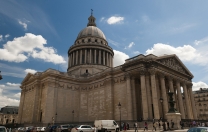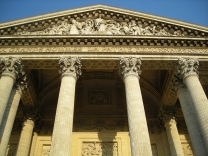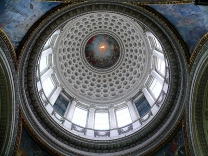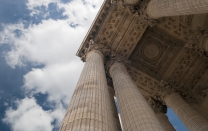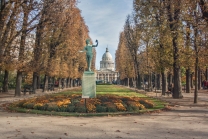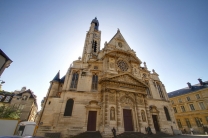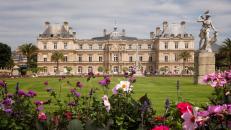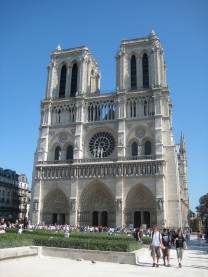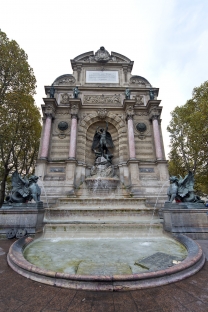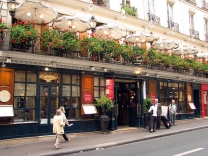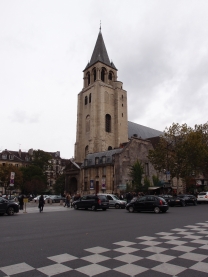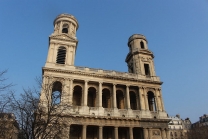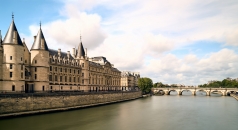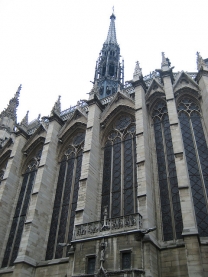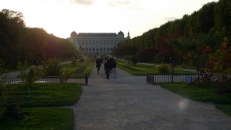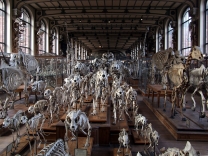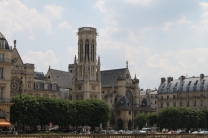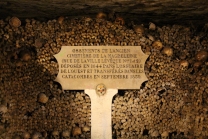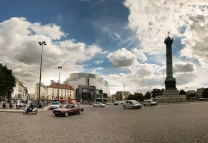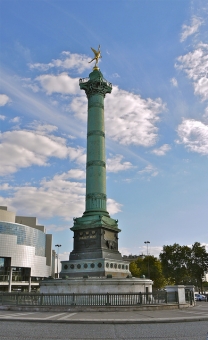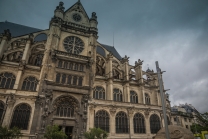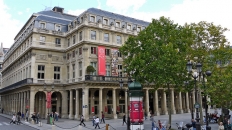
Panthéon
Mausoleum in ParisThe Panthéon (French: [pɑ̃.te.ɔ̃]; Latin: pantheon, from Greek πάνθειον (ἱερόν) '(temple) to all the gods') is a building in the Latin Quarter in Paris, France. It was built as a church dedicated to the patron saint of Paris, Saint Genevieve, to house the reliquary châsse containing her relics, but was secularized during the French Revolution and converted into a mausoleum for the remains of distinguished French citizens. It is an early example of neo-classicism, with a façade modelled on the Pantheon in Rome, surmounted by a dome that owes some of its character to Bramante's Tempietto. Located in the 5th arrondissement on the Montagne Sainte-Geneviève, the Panthéon looks out over all of Paris. Its designer Jacques-Germain Soufflot had the intention of combining the lightness and brightness of the Gothic cathedral with classical principles, but its role as a mausoleum required the great Gothic windows to be blocked.
History
Site and earlier buildings
The site of the Panthéon had great significance in Paris history, and was occupied by a series of monuments. It was on Mount Lucotitius, a height on the Left Bank where the forum of the Roman town of Lutetia was located. It was also the original burial site of Saint Genevieve, who had led the resistance to the Huns when they threatened Paris in 451. In 508, Clovis, King of the Franks, constructed a church there, where he and his wife were later buried in 511 and 545. The church, originally dedicated to Saints Peter and Paul, was rededicated to Saint Genevieve, who became the patron saint of Paris. It was at the centre of the Abbey of Saint Genevieve, a centre of religious scholarship in the Middle Ages. Her relics were kept in the church, and were brought out for solemn processions when dangers threatened the city.
Construction
Soufflot's original plan for Panthéon (1756)
Soufflot's final plan: the principal façade (1777)
Soufflot's plan of the three domes, one within another
Looking upward at the first and second...


